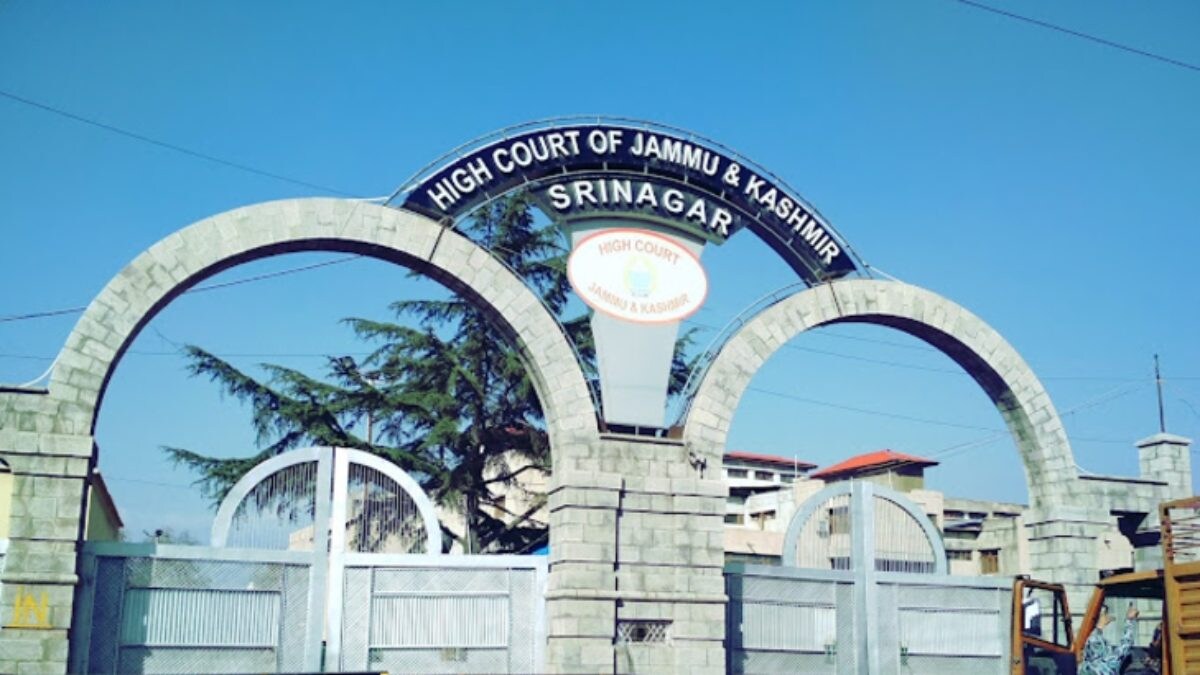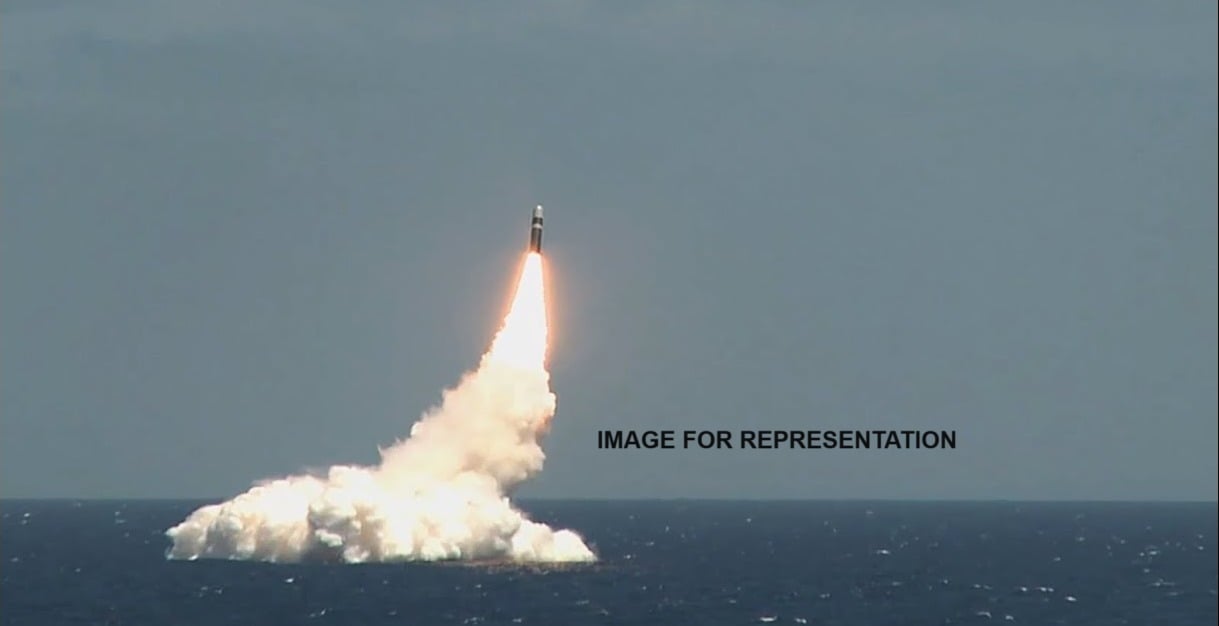Bodies of 2 Fishermen Recovered After Collision with Indian Navy Submarine
The tragic fate of two fishermen who went missing following a collision between their fishing boat and an Indian Navy…
Indian Army Ordered to Compensate J&K Man for 46 Years of Land Occupation
In a landmark ruling, the High Court of Jammu and Kashmir and Ladakh asserted that the right to property is…
Army Launches Inquiry into Allegations of Torture of Civilians in Kishtwar
In a significant development, the Indian Army has initiated an inquiry following serious allegations of torture against four civilians detained…
Four NCC Cadets from DAV College Set to Join Army as Officers
In a significant achievement for the National Cadet Corps (NCC) program, four cadets from DAV College, Hathi Gate, are poised…
India Achieves Operational Status for Sea-Based Nuclear Deterrence with Successful K-4 Missile Test
India has successfully achieved a significant milestone in its maritime nuclear deterrence strategy with the operationalization of the sea leg.…
Pakistan Tests Ship-Launched Ballistic Missile SMASH Amidst Growing Naval Disparity with India
On November 4, 2024, the Pakistan Navy publicly announced the successful test of its Ship-Launched Ballistic Missile (SLBM), named SMASH.…






